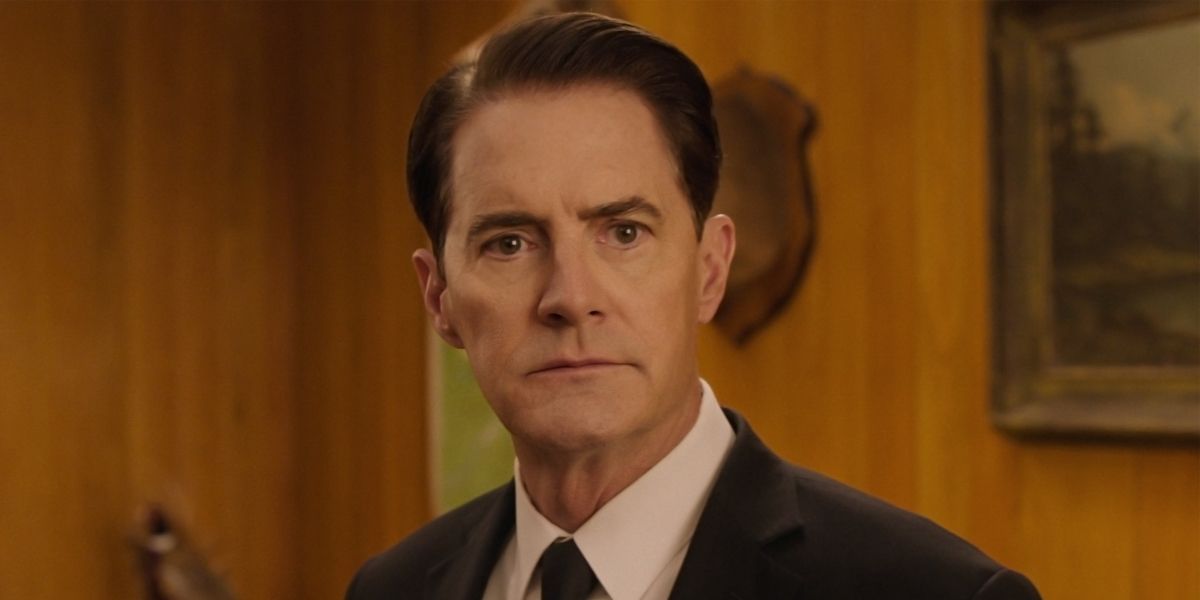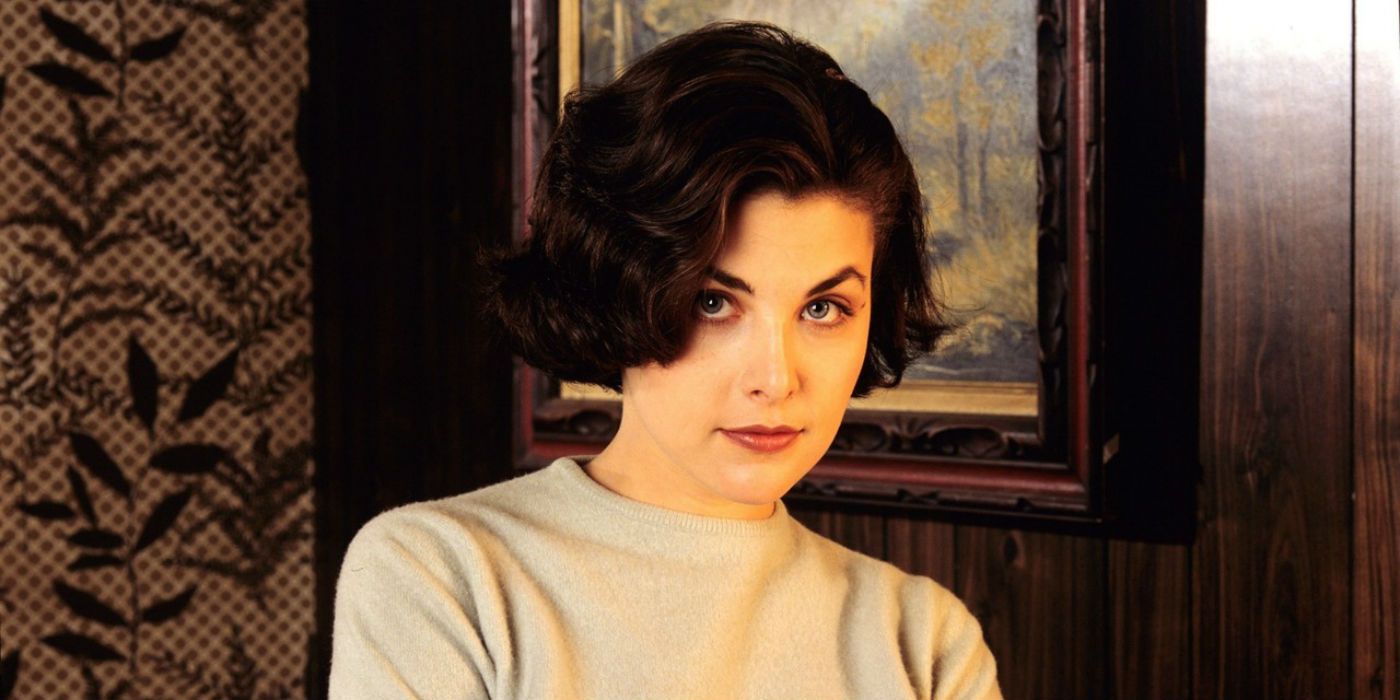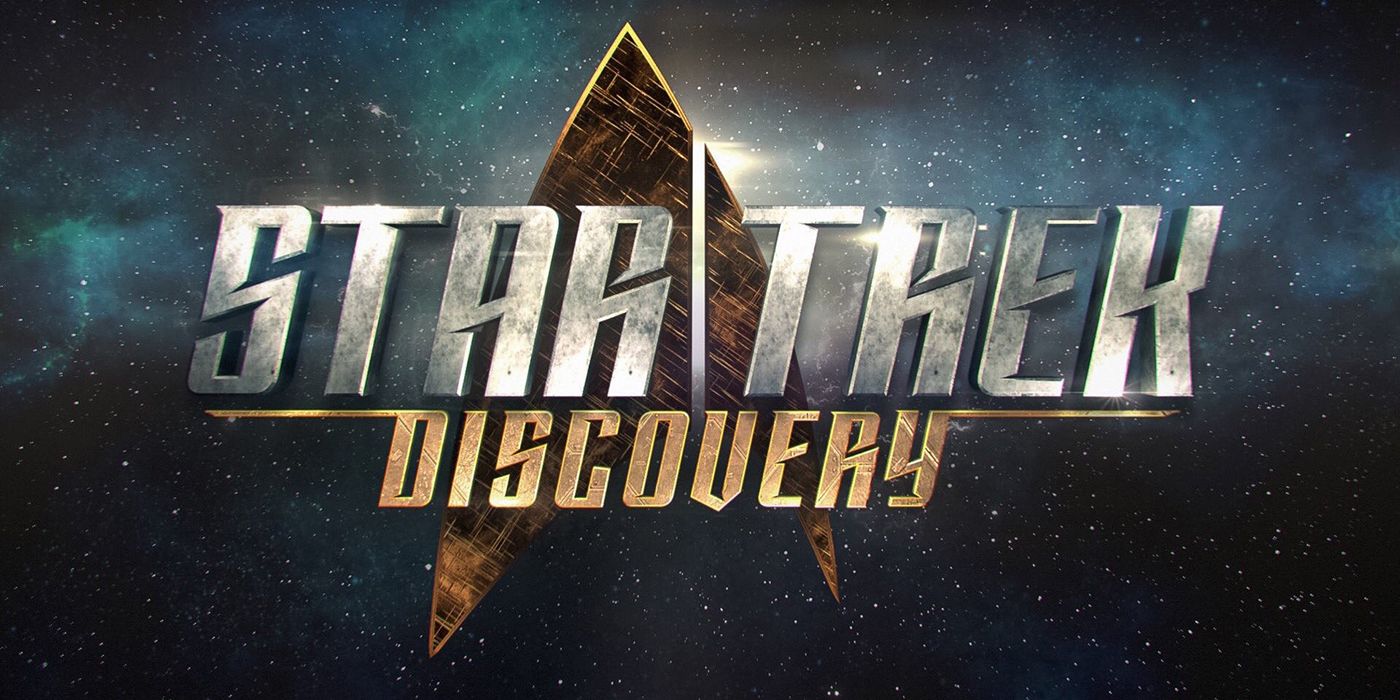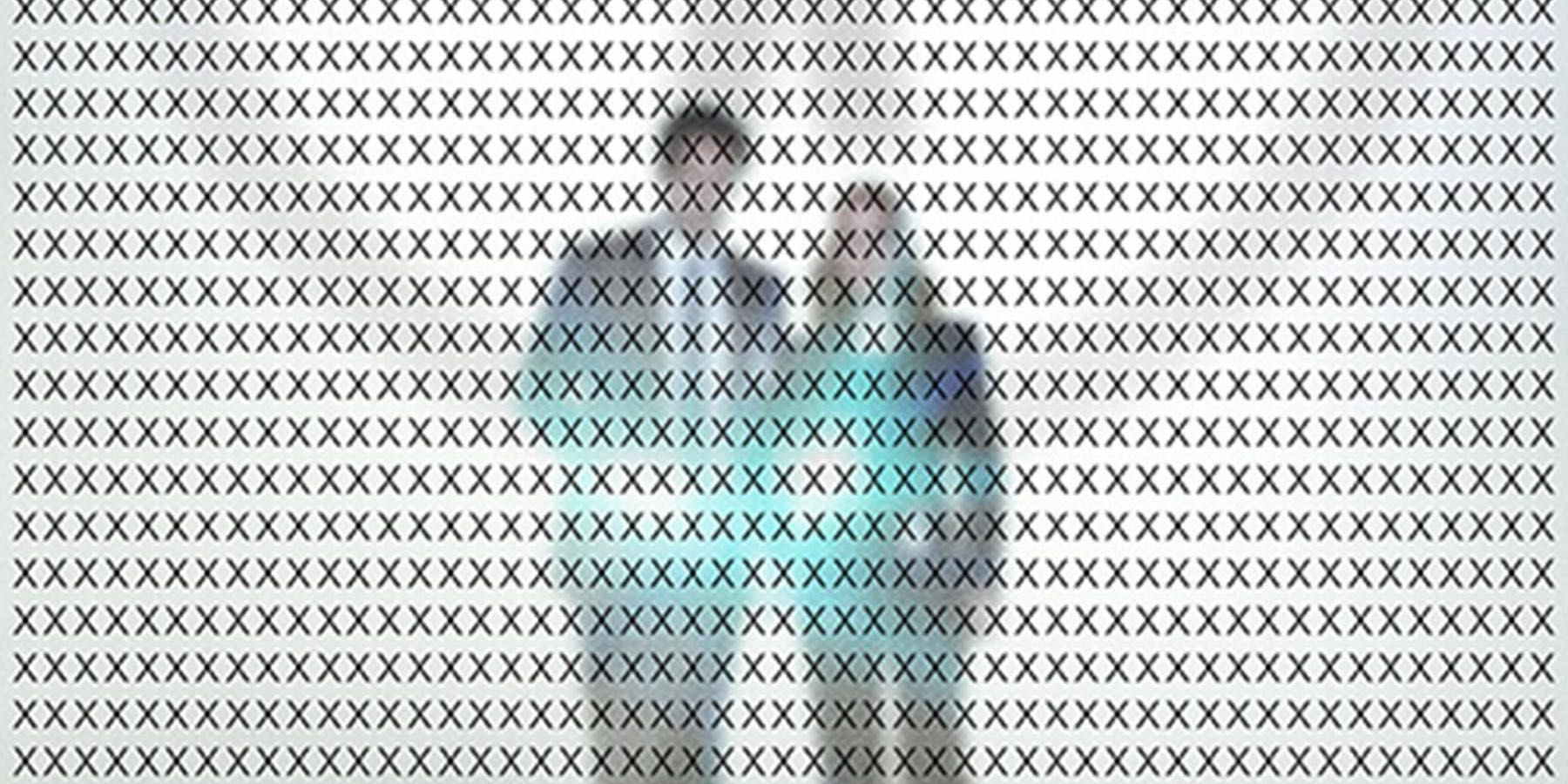Twin Peaks ended again as it had before: as an intriguing, lovely frustration. Like Sarah Palmer watching a thirty second loop of a boxing match, fans are again attempting to dissect the ending of Twin Peaks with the same energy, vigor, and anger that was left when the series originally bowed out in 1991. Its latest ending comes at an opportune time. We’re living in the era of TV revivals that seek to right wrongs of poor finales or find success through the empty yet tempting escape of nostalgia. The Return, with its advertisements consisting of a cup of coffee and a slice of cherry pie, used that nostalgia to tempt us back, only to show us that, like its stalwart protagonist, you can never really go back to the way things were. The result is the truest and most realistic TV reunion of all; even with its supernatural sensibilities and dream-logic, Twin Peaks refused to be anything other than new. However, it has inevitably brought up an increasingly relevant question: Does art owe you anything?
The Return wasn’t the Twin Peaks we expected. Familiar themes of fatherhood, the tragedy of love, and the desire to be understood were all still present, of course. However, new themes crept in. In Twin Peaks, electricity is used by the denizens of the Black Lodge to travel into our world. As a people, we are now more heavily reliant on electricity as opposed to the intangible bindings of work and home.
There’s an unequivocal skepticism in Twin Peaks as to what these advances have given to us: a system that connects us to those far away while distancing us from those next door. Diners of people interacting face to face, physical industries like logging - wood is a major Lynchian theme for home and family - are replaced by video cameras, text messages and Skype. Podcasts replace human interactions. Dr. Jacoby uses his vlog to shake us awake with how people and our country have changed, even as he sells us the same old thing through the very media that put us to sleep in the first place. The Return is more of a funeral dirge than a celebration for the America that even in 1990 had already slipped through our fingers like the sentimental treacle Twin Peaks once traded in. If The Return did one thing perfectly, it was its textured eulogy to old Americana, something that may have existed more in film than it did in reality. As the Log Lady said, “The stars turn and a time presents itself.” There may be no quote more descriptive of The Return than this one.
The series’ shift into substantially darker and more experimental territory would be assessed and categorized incorrectly as simply being endemic of a post-9/11 grit that our media adopted over the last sixteen years. Yes, there’s a matching sense of lost innocence, but in Twin Peaks, that loss doesn’t come from a singular event; as with anything else, it’s the experiences that time provides for and inflicts on us.
And yet, the economical use of its original characters, including its leading man, was there to remind us of the frustration of seeing our expectations upended and desires ignored. Twin Peaks embraced the new world it was operating in. The dotty, folksy humor of oddball characters was exchanged for the deluge of new characters Lynch and Frost wanted to develop. Indeed, the early episodes hardly featured the eponymous town, and even toward the end they only seemed to check in on the old characters out of obligation than interest.
Audrey Horne fared the worst of the returning characters. She did not receive the entrance we envisioned. The new Audrey lacked the mischievous curiosity she had in the original series, where she was the contradictory blend of the noir femme fatale and an ingénue. In hindsight, we probably should have seen it coming. She still deserved a more ceremonial, triumphant entrance, but the fact that she had changed so drastically shouldn’t be a surprise when meeting someone again 25 years later. Lynch and Frost bucked the expectancy of seeing the old Audrey—our Audrey—to remind us of that. Twin Peaks ruminated on lost innocence in action, revelation or perception. As understandable and realistic as hers was, in this case, it was at the cost of the series’ heart. Like Dale Cooper, Laura Palmer was the reason we came to Twin Peaks, but Audrey was the reason we stayed. That her plotline was dropped entirely and that she and Coop had no reunion whatsoever leaves a bad taste in your mouth because of its pointlessness. Audrey seemed to speak for us as she harangued her husband who refused to give her any information. Indeed, Charlie was Lynch and Frost looking at us with the same disinterest Charlie gave to Audrey.
Many times were we Dougie Jones getting struck in the head with a baseball pitched by Lynch and Frost. That brief scene came as one of several instances in Part 12, an episode that repeatedly seemed to acknowledge the creators’ awareness that they were testing the patience of their audience. We wanted the characters, places and things we remembered, but nostalgia exists because it’s a place we can never return to. The series even seems to end on that note; Cooper is lost at sea, forever fighting a torrential storm of forces he cannot win against in a battle he refuses to capitulate. The Return was about Cooper’s odyssey to return to Twin Peaks only to find out you can never truly go home.
Intentionally, the odyssey had Sisyphean turns. It places us in the shoes of poor Albert, impatiently waiting for Gordon Cole’s French lady-friend to vacate the room so they can discuss the case and progress the plot. Gordon, as played by Lynch, tells us via Albert to relax—there’s exceptional wine we could be trying. The problem is that the perceived relationship between creator and viewer is reciprocal. An audience can be taken for granted, and they can leave a creator and their work. The strongest protest you can give is changing the channel.
One of the best examples of this kind of audience protest comes from Star Trek. It was continuously on the air from 1987 to 2005, not to mention the ten or so feature films that came out during that time. When The Next Generation established its own voice separate from The Original Series, it found what made it special and it obtained a rabid fan following. Deep Space Nine used much of the visual and directorial basis, but used its setting to differentiate itself from the previous series and add new layers: darker, serialized stories and more complicated characters. Voyager and Enterprise, however, didn't quite function the same way. They had their respective gimmicks—lost in space and prequel, respectively—but had fallen into complacency. Both series seemed to rely on what worked in the past and sought only to change a name or two. They mired themselves in comparisons of classics that they couldn't replicate while also refusing to change the long-term problems fans had with the franchise. After seven years of mediocre ratings with Voyager, Enterprise saw precipitous drops in viewership until it was cancelled. Star Trek was dead. It would be four years before a movie reboot saw a top-down change to the franchise. It was twelve years before a new TV series. No, creators aren't gods, and fans aren't powerless.
It is strange, somehow, to look at The Return as anything other than a gift. Yet the series' denouement was met with similar reaction to the end of season 2 and Fire Walk With Me. Some enjoyed it, many were confused, others were angry.
The X-Files was one of Twin Peaks’ first children. Steeped in the same dark atmosphere and paranormal events, the series returned last year as one of the first revivals to make it to air. And it was the same show it was before. There were cosmetic changes to character and circumstance, some window-dressing to match the aesthetics of today, but there was little new to the new X-Files. Fans and critics resented the sameness. The Return offered us something new, and as it ended, received a backlog of frustration from fans that arrived at the destination and didn’t think the trip worthwhile. In the case of both shows, their returns were incredible long-shots, and were both resuscitated by fans who eventually had to power to bring the series they loved back. The fact that they managed to return came with the idea that now would be the time to give the series their proper endings. The X-Files decided to play the odds and attempt to continue with another miniseries. However, Twin Peaks' Frost and Lynch had always been upset that they couldn't end the series on their terms. With The Return, they did. We punished both shows for being, in the end, exactly what they told us they were. As an audience, we are presented with what the creators decide, but it is also the fans that keep interest in these projects alive, and keep the creators popular. There is a sense, then, that the audience feels a sense of ownership over the work, or even the creator. Depending on your view, or your experience, your view of the creator-audience relationship can be either a complicated symbiosis or the most toxic relationship in existence.
In 2012, Mass Effect 3 hit consoles. The beloved space opera video game series advertised an ending to its decade-long story. Over three games, the developers at BioWare sold gamers on the branching nature of our choices and how they would lead to any number of conclusions. When finally confronted with the ending of the game, fans revolted. They boycotted and complained until additions and elaborations were added. The changes, of course, were cosmetic at best, but it set a bizarre precedent: authorial intent was ignored to appease the audience. Where authorial intent ends is murkier in interactive stories like video games, but the question is still relevant. There are many groups across all entertainment platforms that desire a certain kind method of storytelling or representation in their preferred series or genres. They will fight for their pet cause and against anyone who disagrees. There’s an uncomfortable air of censorship to it, as well as a sense of entitlement.
In his review of Lynch’s 1986 film Blue Velvet, Roger Ebert claimed that we needed a reason to sit through the tortures Isabella Rosselini’s Dorothy Vallens suffered. Ebert had the correct sentiment, but at the wrong time. In Blue Velvet, we received the reason: she suffered, she persevered, she came out the other side. She got her life back. She got her son back. There are bad people still out there, but here, we earned something of a victory. In Twin Peaks, not even Laura Palmer’s spirit can find rest. It defies the nature of the story—there is always a battle between good and evil. Whether you can find satisfaction in the demands of a forever unspooling story without end is left up to the person, but Frost, Lynch and the franchise itself has repeatedly made its stance clear. In Part 17, Lynch's Gordon Cole reveals that the ultimate negative force that Cooper was trying to track down was an entity whose name has multiple spellings, and different meanings depending on the language. If spelled "Jiào Dé," it means "to scream," which given Laura's reaction, makes sense. However, if it is spelled "Jiāo dài" and translated from Mandarin, it means "to explain." The center of Lynch's work has always been mystery. Naturally, the ultimate evil would be an explanation.
The openness of the ending allows us at this point to fill in what was unanswered. In that way it’s the best ending that could be offered because it is one that doesn’t have a right or wrong answer. Yet, we want Lynch and Frost to confirm this perfect ending to us, and the perfect ending is the one we wanted all along. Everything else is a mistake. It begs the question of whether the work then belongs to the ones who worked to create it or passionately consumed it. Like the perfect ending, that question has a branching set of answers.




